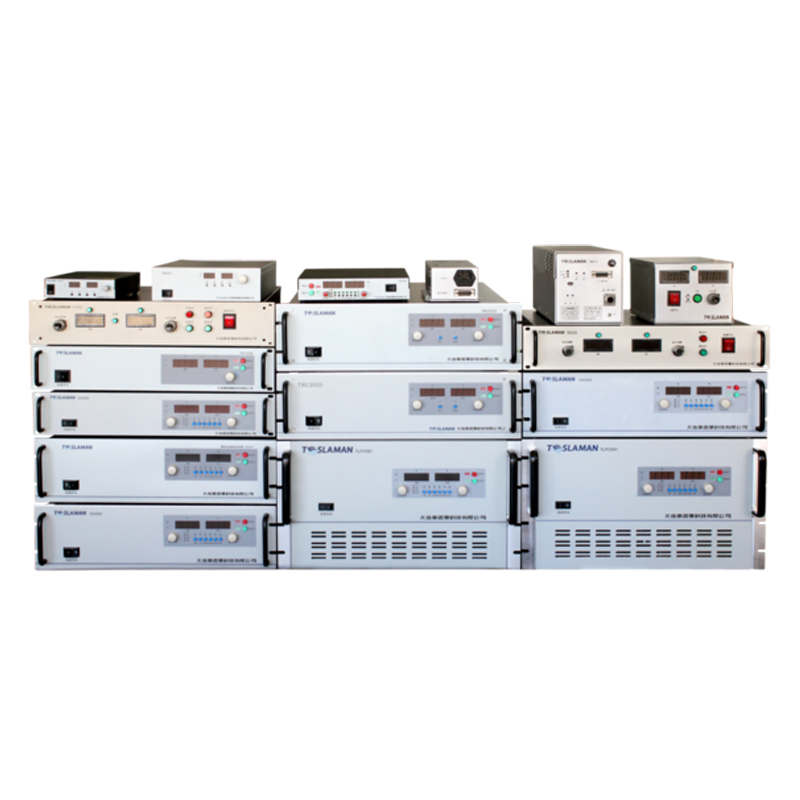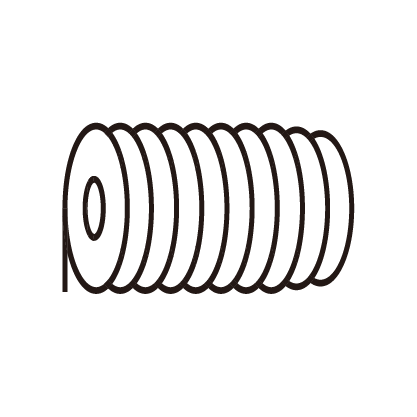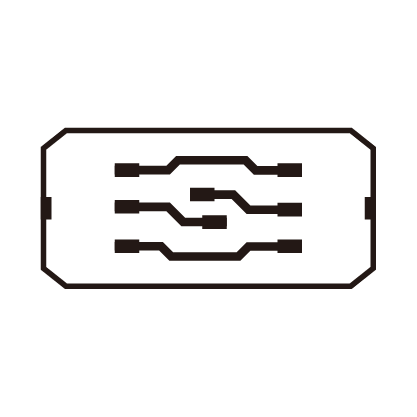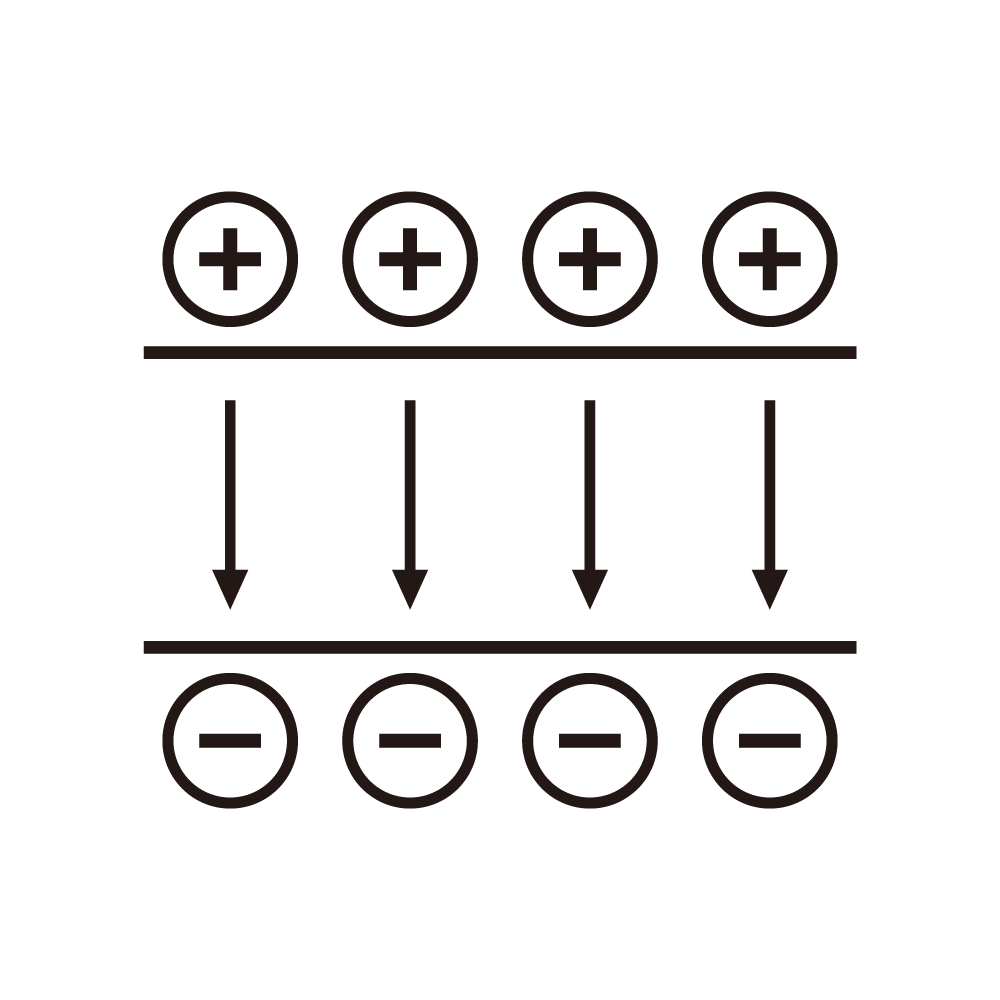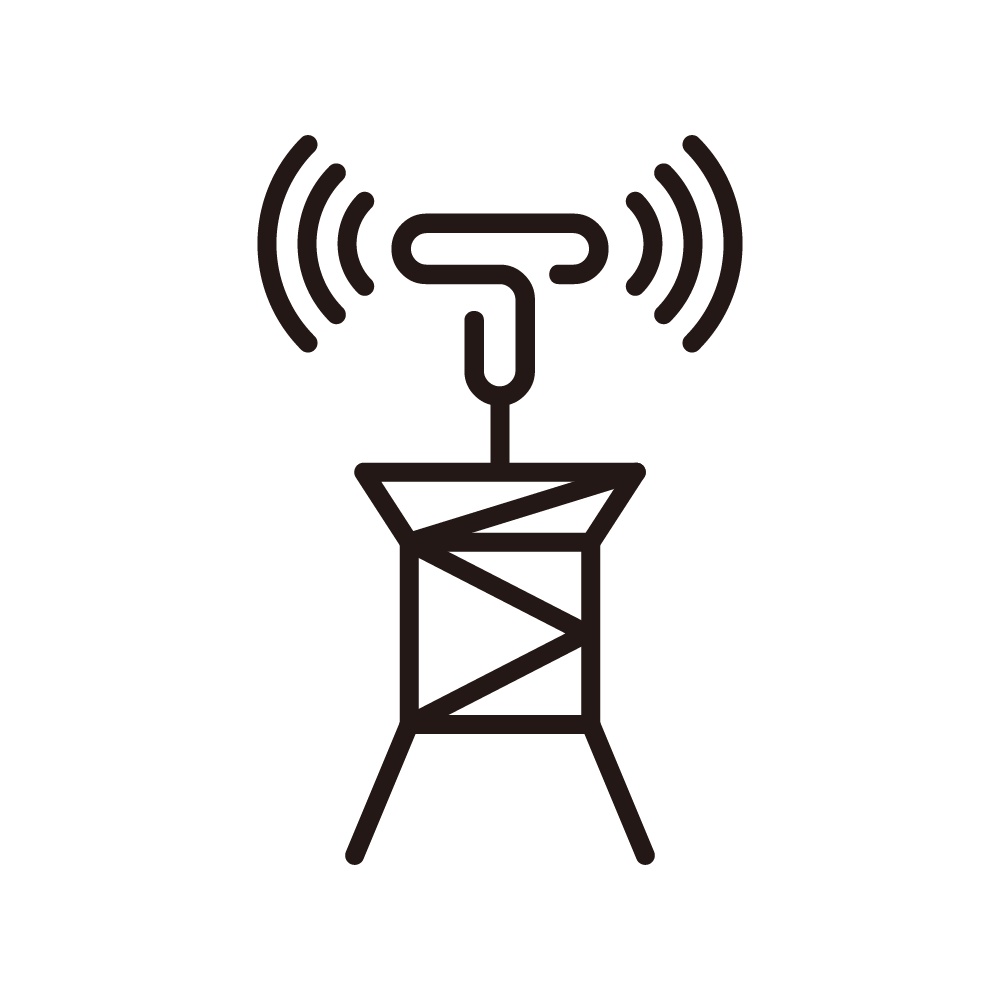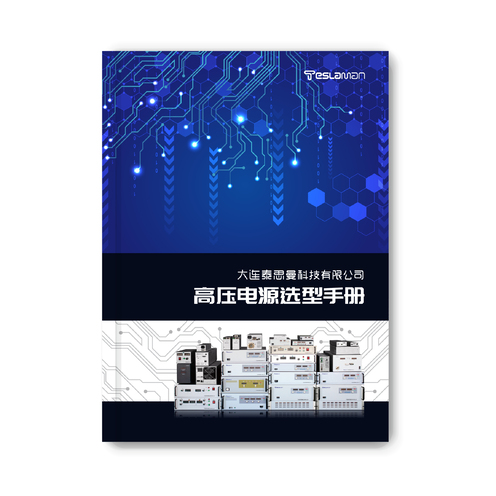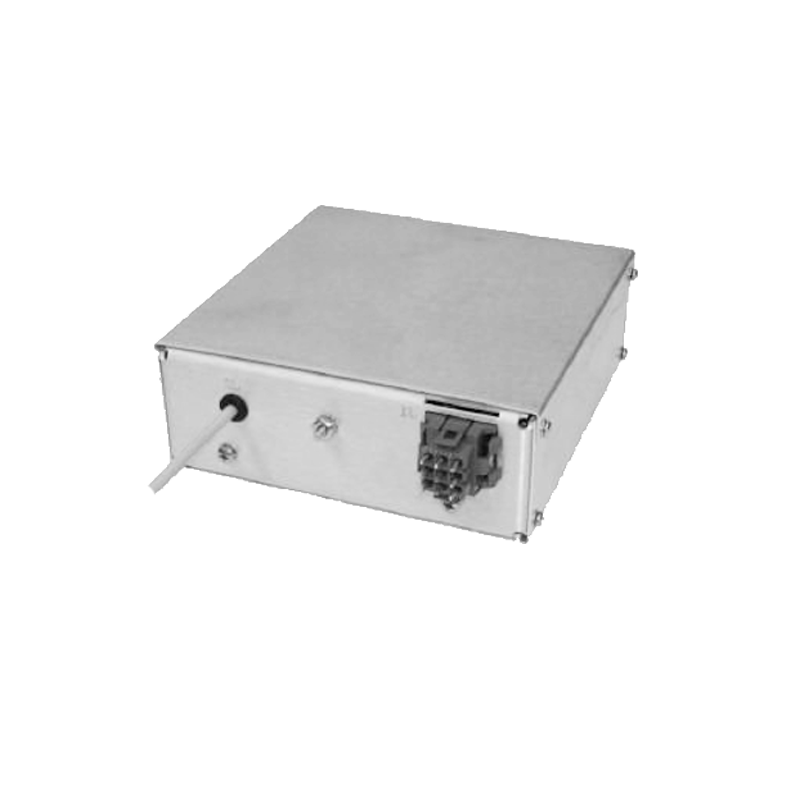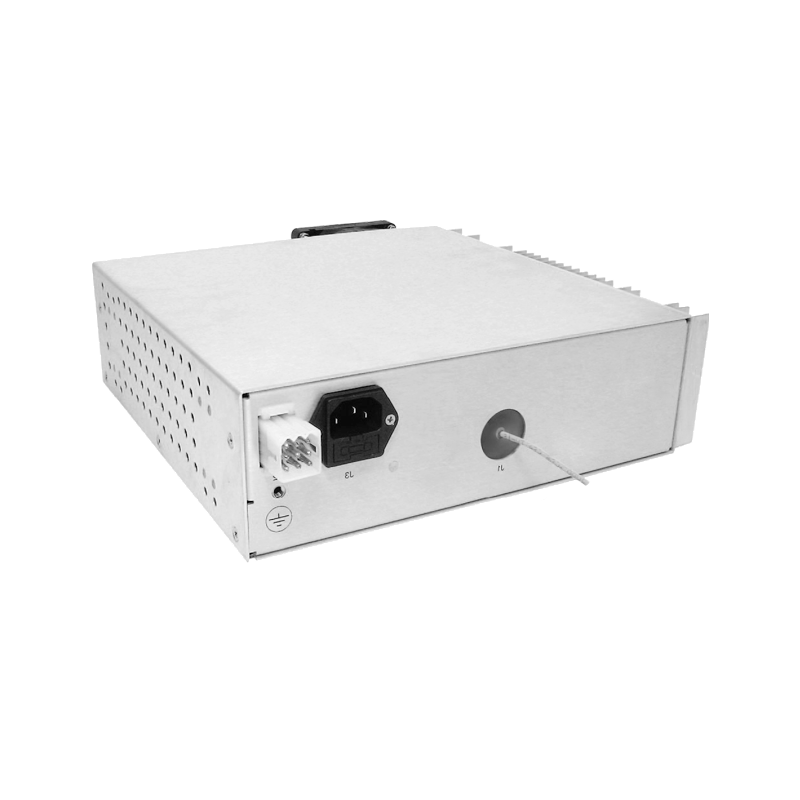Electromagnetic Compatibility Design of Low-Ripple High Voltage Power Supplies
1. Core EMC Challenges in Low-Ripple Power Supplies
Electromagnetic compatibility (EMC) issues in high-voltage power supplies originate from wideband interference generated by power device switching, directly correlated with ripple factor. Even with output voltage ripple below 0.01%, conducted emission (CE) amplitudes in the 150 kHz-30 MHz range may exceed CISPR 11 Class B limits by 15 dBμV/m. Key manifestations include:
1. Dominant Common-Mode Noise: Parasitic loops formed by IGBT/MOSFET junction capacitance and heat sinks enhance radiated noise at 30-100 MHz (typical: 45 dBμV/m @ 50 MHz)
2. Harmonic Stacking: Cascaded converter topologies extend switching harmonics beyond 50th order (e.g., 10 MHz for 200 kHz base frequency)
3. Ground Bounce: Transient currents (di/dt >10⁹ A/s) induce μs-level voltage spikes via ground impedance (>5 mΩ), triggering control circuit faults
2. Coupling Mechanisms Between Low-Ripple Design and EMC
2.1 Ripple Suppression and Spectral Distribution
Experimental data show that reducing output ripple from 1% to 0.05%:
Lowers fundamental conducted emission by 18 dB but increases 3rd/5th/7th harmonics by 6-8 dB
Shifts radiated emission peaks from switching frequency (e.g., 100 kHz) to parasitic resonances (e.g., 78 MHz)
Adaptive ripple compensation algorithms dynamically adjust LC filters (step response ≤10 ns)
2.2 Topology Optimization Strategies
Resonant Soft-Switching: Extend ZVS (Zero Voltage Switching) range to 20%-100% load, reducing switching loss by 40% and total EMI energy by 32%
Three-Stage Filtering:
Stage 1: Bus-level EMI filter (insertion loss >60 dB @ 1 MHz)
Stage 2: Distributed π-filter (ripple attenuation ≥40 dB/decade)
Stage 3: Common-mode choke (impedance >1 kΩ @ 10-100 MHz)
2.3 Integrated Shielding and Thermal Design
Dual-layer gradient conductive materials (outer: surface resistivity <0.1 Ω/sq; inner: permeability >100 μH/m)
Waveguide vent structures on critical components (cutoff frequency >12 GHz, airflow resistance <0.8)
3D electromagnetic-thermal co-simulation optimizes shielding cavity apertures (hole diameter/wavelength ratio <0.05)
3. Key Technological Breakthroughs in EMC Enhancement
3.1 Active Noise Cancellation System
Digital twin models reconstruct interference spectra in real-time (sampling rate ≥5 GS/s)
Anti-phase compensation currents (±0.1 mA precision) achieve >25 dB noise suppression at 1-30 MHz
3.2 Intelligent Grounding Networks
Hierarchical grounding: Power ground (impedance <1 mΩ), signal ground (isolation >120 dB), chassis ground (bonding resistance <2.5 mΩ)
Frequency-selective grounding (FSG) modules enable dynamic impedance matching (deviation <±5%) from 10 kHz-1 GHz
3.3 Advanced Filter Materials
Fe-based amorphous alloys: 5x higher permeability than silicon steel (μr=80,000) at 100 kHz-3 MHz
MXene dielectrics: Triple volumetric capacitance (CV=15 μF/mm³) vs. traditional film capacitors
4. Industry Applications and Validation
1. Medical Imaging: Upgraded HVPS in a 3T MRI system:
Conducted emission compliance rate improved from 78% to 99.6%
Gradient coil temperature reduced by 12°C, SNR increased by 2.4 dB
2. Particle Physics: Synchrotron radiation injector retrofit:
Beam position monitor false triggers decreased from 1.2% to 0.03%
Data acquisition cycles shortened by 22%
3. Industrial NDT: Digital radiography system tests:
Image gray-level non-uniformity improved from 8.3% to 1.7%
Defect detection resolution reached 50 μm
5. Future Technological Directions
1. Quantum-Confined Devices: Graphene heterojunction switches with ultra-low parasitic capacitance (Coss<5 pF)
2. AI-Driven EMC Prediction: Deep learning models with 10⁶ interference scenarios enable 96-hour advance warnings
3. Metamaterial Shielding: Programmable surfaces dynamically adjust shielding bands (0.1-40 GHz)
4. Global Standard Harmonization: Converge IEC 61204-7 and MIL-STD-461G test methodologies
